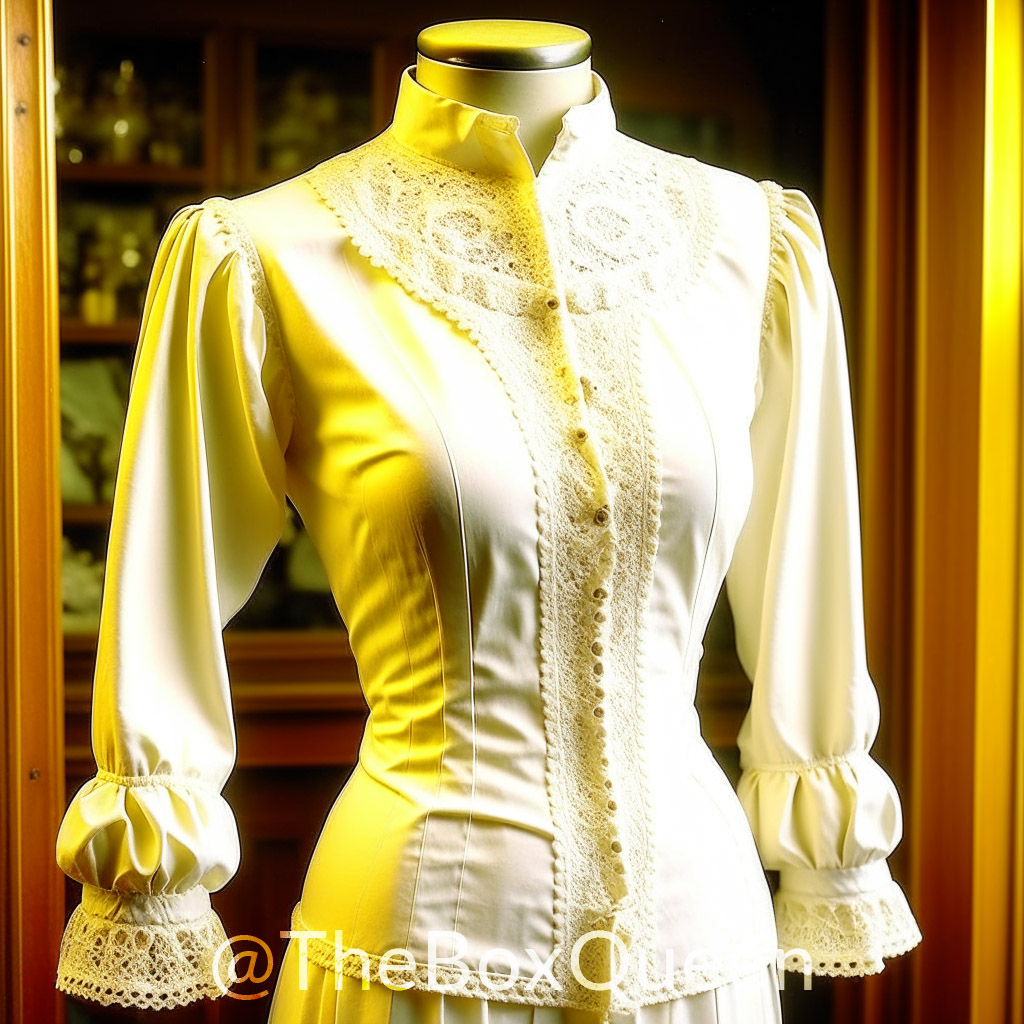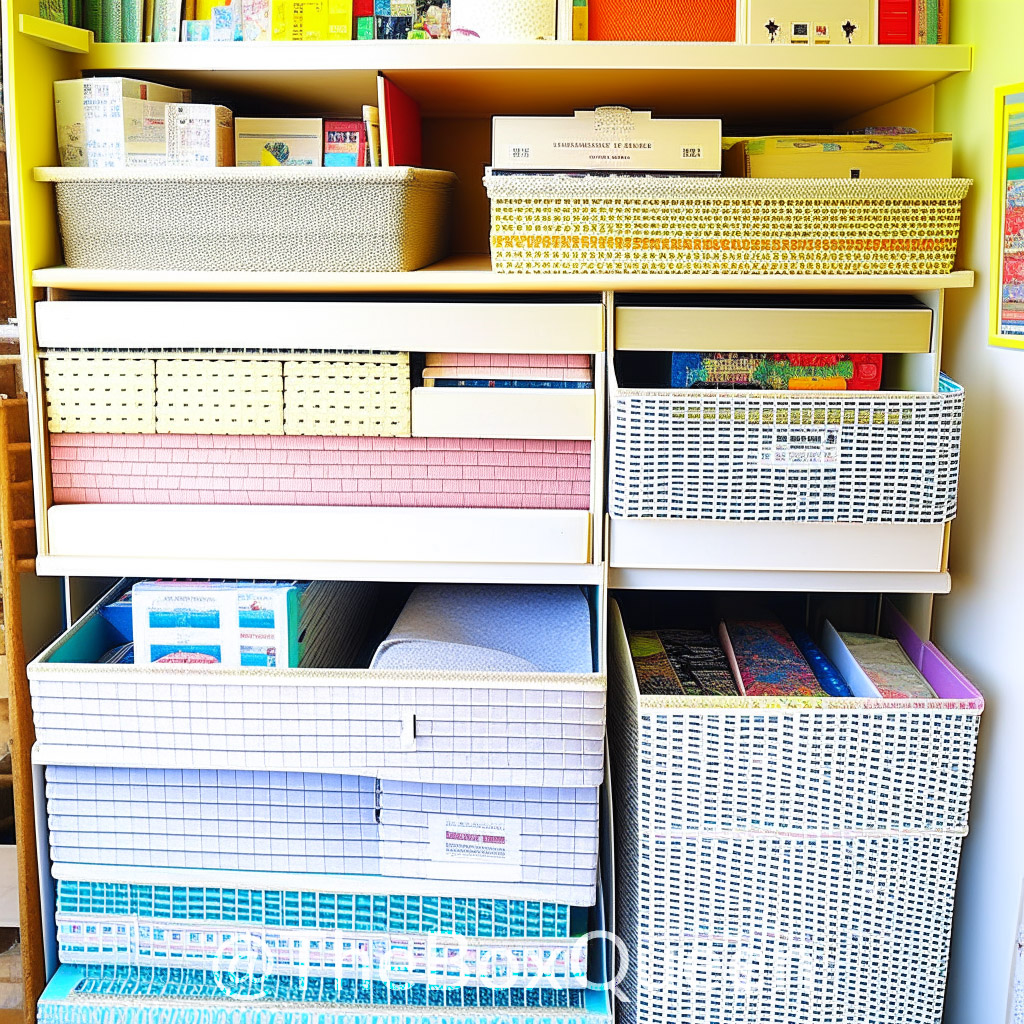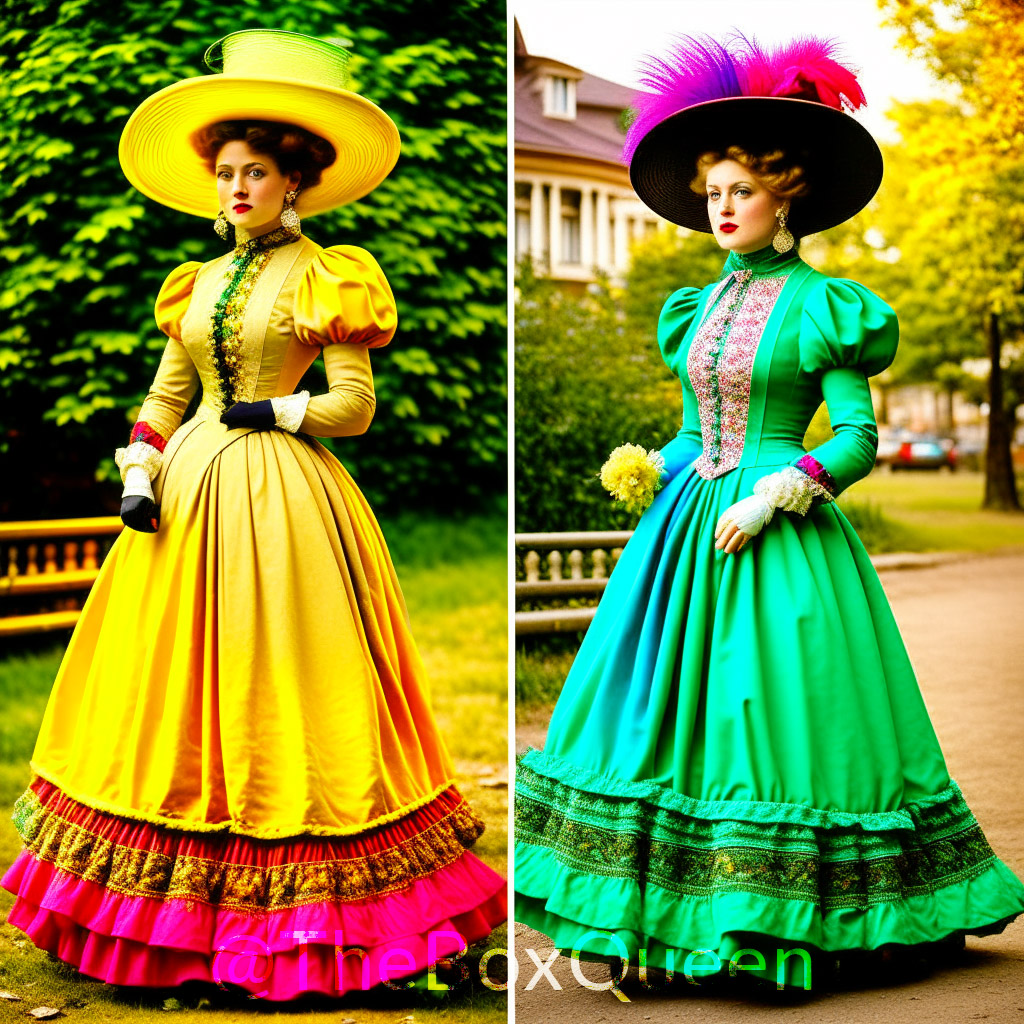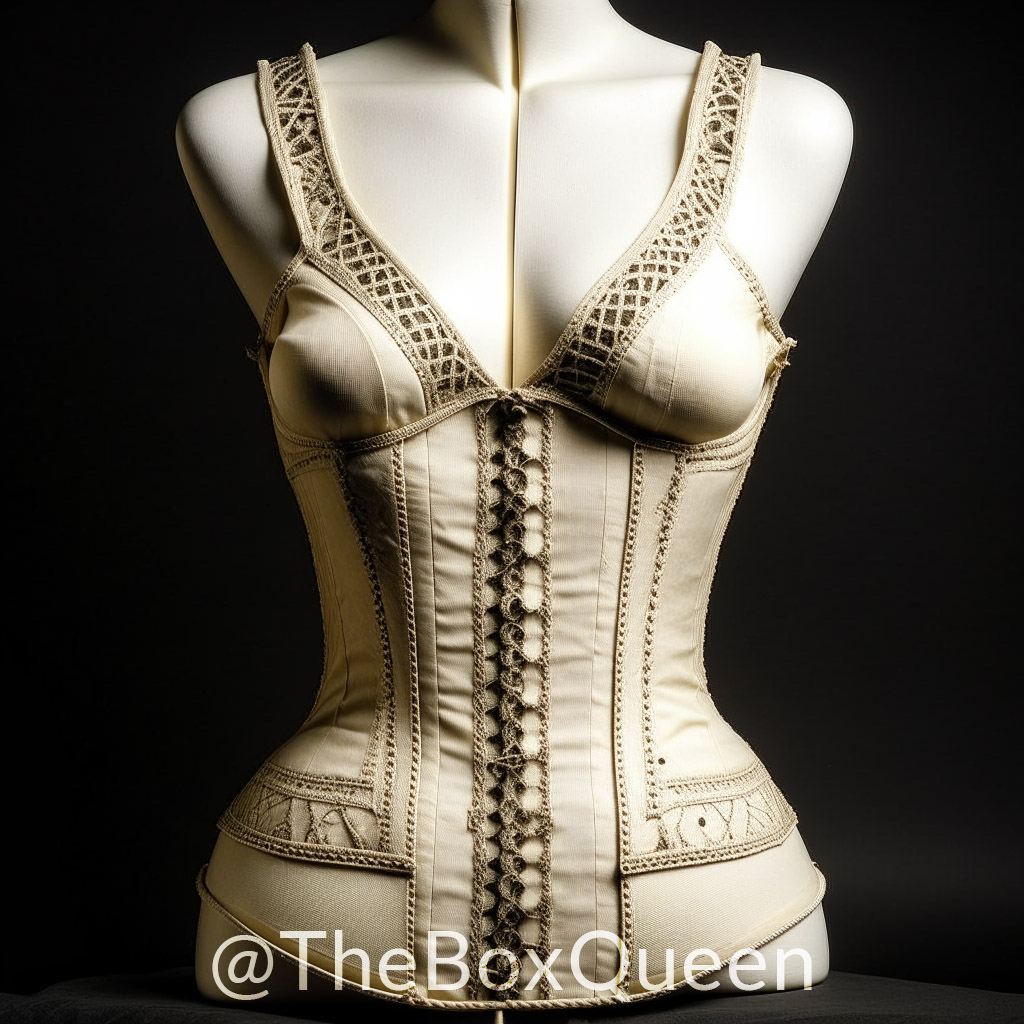Edwardian shirtwaist
The shirtwaist, commonly referred to as a shirtwaist dress or blouse, has an important role in fashion history. This famous outfit first appeared in the late 19th and early 20th centuries, and it swiftly became a representation of women’s emancipation and forward-thinking clothing ideologies. The shirtwaist has had a long-lasting influence on fashion that is still felt now thanks to its classic style and adaptability.
Origin and Evolution:
Origin and Evolution: The shirtwaist started from the fusion of two different pieces of clothing: the shirt and the waist. Women’s clothes before the 19th century frequently featured intricate and constricting patterns, like corsets and numerous layers of petticoats. When it first appeared in the middle of the nineteenth century, the shirtwaist marked a departure from these traditional looks.
The shirtwaist was fundamentally a button-down, fitted top that drew inspiration from men’s shirts. It had cuffed sleeves, a pointed collar, front buttons, and a straightforward, functional design. A belt was often used to constrict the clothing at the waist, giving the wearer a feminine profile without compromising comfort or mobility.
The Shirtwaist Revolution:
The popularity of shirtwaists increased during the early 20th century, which also happened to be a time when women’s rights movements were becoming more active. The design’s practical and fashionable features appealed to ladies who yearned for freedom from the restricting trends of the past. With the shirtwaist, women could embrace their uniqueness and express themselves via their attire, giving them a sense of empowerment.
The fire at the Triangle Shirtwaist Factory in New York City in 1911 is one of the most illustrious incidents connected to the shirtwaist. This terrible episode, in which numerous young female garment workers lost their lives as a result of hazardous working conditions, inspired advocacy for women’s rights and worker’s rights. Being a popular item of clothing at the period, the shirtwaist came to represent the struggle for better working conditions and worker treatment.
Timeless Appeal:
The versatility and adaptability of the shirtwaist are what give it its timeless charm. The traditional shirtwaist has been redesigned and reworked by designers throughout the years by combining different materials, designs, and decorations. The item is a staple in many women’s collections because it transitions well from casual daywear to beautiful evening wear.
Modern clothing also shows the impact of the shirtwaist. Its style cues, such the collared neck and button-down front, have been integrated into blouses, dresses, and jumpsuits. The shirtwaist’s continued popularity is proof of both its classic style and importance in the development of women’s fashion.
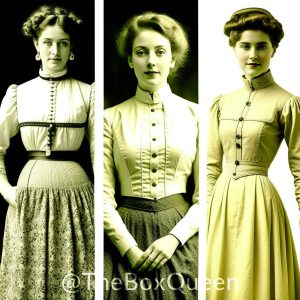
edwardian coat
Edwardian Patterns: Nostalgic Elegance Resurrected
From 1901 through 1910, the Edwardian era was characterized by elegance, richness, and social transformation. This era, which bears the name King Edward VII of England, is well known for its distinctive sense of style. Modern times have seen a rise in popularity for Edwardian sewing patterns, which are frequently used in dressmaking and sewing and evoke nostalgia for the elegant and graceful fashions of the past.
Characteristics of Edwardian Patterns:
The romantic and feminine look of Edwardian fashion served as a defining feature of the era. Elegant details, slender lines, and a focus on delicate materials like lace, silk, and chiffon were all present in the patterns of this time. High necklines, puffy sleeves, and fitting bodices that flowed into long, flowing skirts were common features of women’s gowns. In contrast to earlier decades, corsets were still worn throughout this time, but they were made for a more natural, marginally less constrictive form.
Elegance Meets Functionality:
Edwardian designs struck the ideal blend between elegance and functionality. Despite the complex patterns, the clothing was more movable and comfortable than the constrictive Victorian fashions. This change in attire reflected how women’s roles in society were evolving as they started engaging in more outdoor and energetic hobbies.
Resurgence in Modern Times:
Edwardian motifs have made a stunning resurgence as a result of the increased interest in antique clothing in recent years. The appeal of Edwardian designs has been revisited by both designers and sewing lovers, who are drawn to their timelessness and craftsmanship. Edwardian style is increasingly being incorporated into vintage-inspired clothing lines, preserving the elegance of the era while appealing to modern preferences.
Cultural Influence:
Edwardian sewing patterns offer a window into the social and cultural values of the time in addition to reflecting the period’s fashion. The ornate decorations on the garments typically served as a statement of the wearer’s riches, position, and refinement. Insights into the complexities of Edwardian society and its changing ideas regarding gender roles, class distinctions, and self-expression can be gained through analyzing these patterns by historians and fashion enthusiasts.
edwardian chemise
The Edwardian Chemise: A Sublime Undergarment of the Past
The essential undergarment known as the Edwardian chemise was instrumental in creating the fashionable silhouettes of the early 20th century. This delicate and adaptable garment, which served as the basis for women’s apparel throughout the Edwardian era (1901–1910), gave both functionality and elegance, adding to the attraction of Edwardian design as a whole.
Design and Construction:
The loose-fitting, sleeveless chemise of the Edwardian era often sat just above the knees. It was typically constructed of breathable, light materials like cotton or linen, making it cozy to wear beneath layers of clothing. The chemise had a square or V-neckline and frequently included feminine lace or embroidered accents to give it a more upscale appearance.
Function and Purpose:
The main function of the Edwardian chemise was to shield corsets and dresses from body oils and perspiration. The chemise helped extend the life of garments by serving as a barrier between the flesh and the more complex and pricey apparel. The chemise also improved general comfort by preventing chafing caused by the outer clothing on the skin.
Additionally, the chemise was essential in achieving the fashionable silhouette of the day. The chemise contributed to the slender, s-shaped body with a small waist that was emphasized in Edwardian clothing by offering a smooth, structured base.
Evolving Fashion:
As the Edwardian era went on, changes in fashion also affected how the chemise was made. Later iterations of the chemise had more delicate lacework, embroidery, and decorative embellishments, reflecting the shifting tastes and fashions of the time. The original chemise maintained a rather plain and practical appearance.
Legacy and Influence:
The Edwardian chemise’s legacy goes beyond only its historical setting. Even in modern fashion, the style of slips and undergarments still bears echoes of the chemise. The chemise’s emphasis on convenience, comfort, and giving a smooth base for clothes is still essential in today’s fashion industry.
Edwardian belt
The Edwardian Belt: A Chic Accessory from the Past
The belt was a magnificent item that embellished and emphasized the graceful silhouettes of the era in the huge tapestry of Edwardian dress. The belt was a crucial part of women’s clothing throughout the Edwardian era (1901–1910), completing elegant designs and emphasizing the waistlines of stylish women.
Elevating the Silhouette:
The Edwardian belt was more than just an useful accessory; it was an ornamental piece designed to enhance the overall aesthetic of an outfit. Women’s clothing throughout this time period emphasized an elegant, feminine form with a large breast and hips and a narrow waist. The belt tightened at the waist, giving the body a “S-curve” silhouette that emphasized the body’s natural curves, a look made popular by the well-known fashion designer Paul Poiret.
Variety in Design:
There was a huge range of materials and styles available for Edwardian belts. For formal and evening attire, delicate fabric belts embellished with embroidery, lace, or beads were common selections. For daywear and fitted clothing, leather belts were preferred. These belts were frequently made with elaborate metal buckles or clasps. While some belts had ornate motifs, others were more basic and subtle, letting the rest of the outfit take center stage.
Function and Fashion:
Edwardian belts had a practical role in addition to their aesthetic appeal. The belt helped keep these layers in place and preserve the intended silhouette because women’s clothing of the time frequently had numerous layers, including corsets and petticoats. Additionally, the belt offered a chance to incorporate contrasting hues or patterns to an ensemble, giving it depth and aesthetic appeal.
Timeless Influence:
Belts continue to be a functional and fashionable accessory in modern fashion, carrying on the Edwardian belt’s history. Due to the feminine profile it produces, belting the waist is still a common fashion technique. Additionally, when producing modern belt designs, designers frequently take influence from the elaborate craftsmanship and intricacy of Edwardian belts.
Edwardian 1900 blouse:
The Edwardian Blouse: A Feminine Elegance from 1900
Between roughly 1901 and 1914, or the end of the 19th century and the beginning of the 20th, there were substantial developments in women’s fashion. During this time, the Edwardian blouse became a staple piece of clothing, representing the trend toward a more feminine and refined look.
Characteristics of the Edwardian Blouse:
- High Necklines: High collarbone-covering necklines that occasionally continued into ruffled or lace-trimmed collars were a common characteristic of Edwardian blouses. These plunging necklines emphasized refinement and modesty.
- Puffed Sleeves: The puffing or gathering at the shoulder and tapering down to a more fitting wrist made the blouse sleeves stand out. This design feature gave the whole appearance a hint of tenderness and romance.
- Lace and Embellishments: Edwardian blouses frequently featured exquisite decorations, delicate lace, and needlework. The elegance and charm of the clothing were heightened by these decorative components.
- Button-Down Front: A button-down front was a common feature of Edwardian blouses, making it simple to put on and take off. The buttons on the blouses frequently have elaborate designs made of materials like mother-of-pearl.
- Sheer Fabrics: For Edwardian blouses, sheer and airy materials like muslin, chiffon, and silk were used because they produced a delicate and ethereal impression.
- Narrow Waist: The blouse was usually made to draw attention to the natural waistline, giving the wearer a slender, cinched-waisted look.
Styling and Use:
The adaptable Edwardian blouse could be used on a variety of situations. For formal occasions, it may be worn with long skirts or tailored coats, while simpler patterns were appropriate for everyday or informal use. Women frequently added little neckties or brooches to these blouses to give them a unique flair.
Legacy:
The Edwardian blouse introduced a more relaxed, feminine look that prized ease and grace over the structured, constrictive fashion of the Victorian era. Its impact may still be observed in modern women’s fashion, with resurgences of the high necklines and puffed sleeves every now and again.
In conclusion, the Edwardian blouse from the early 1900s is a timeless illustration of femininity and elegance. This outfit commemorates a time when women’s design embraced a softer and more graceful look with its high necklines, puffed sleeves, and delicate decorations.
